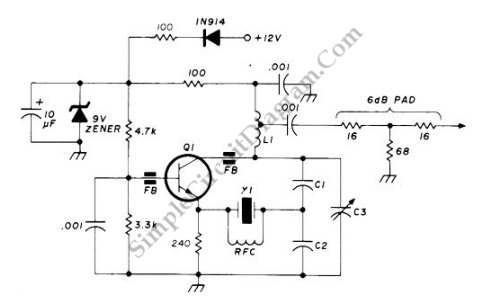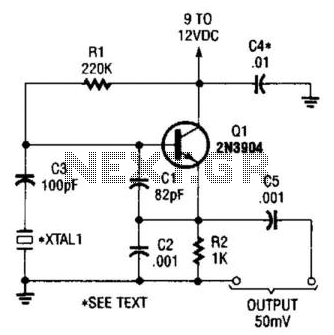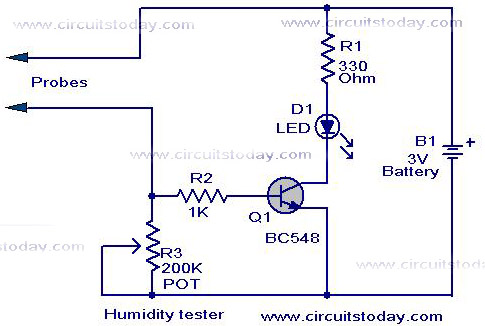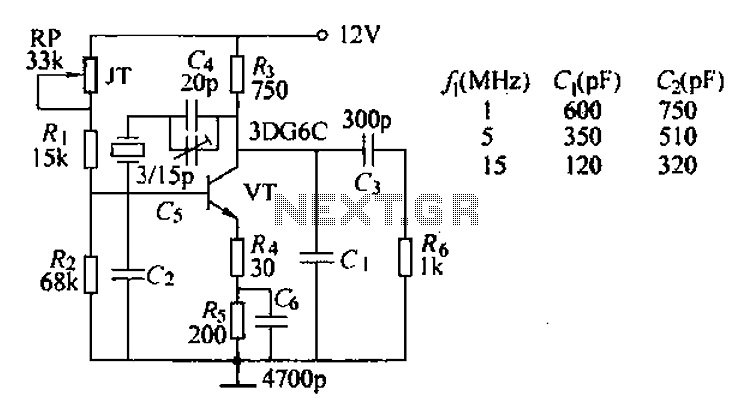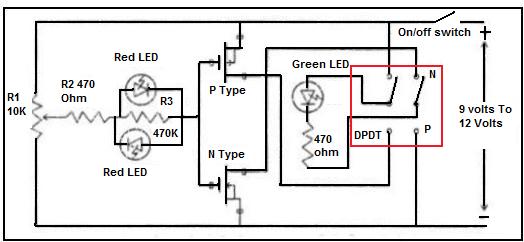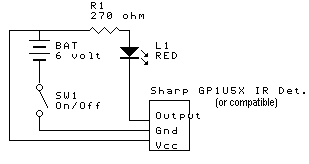
Crystal Tester
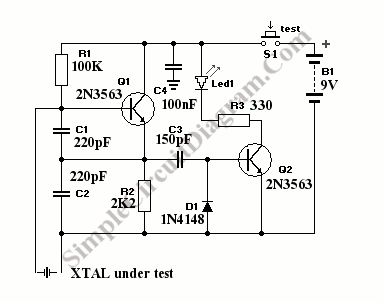
A quartz crystal tester is required to determine the functionality of a crystal, indicating whether it is operational or defective. This tester features an LED light indicator.
A quartz crystal tester is an essential tool for evaluating the condition of quartz crystals, which are widely used in electronic circuits for frequency stabilization and timing applications. The tester typically operates by applying a small voltage to the crystal and measuring its response. If the crystal is functioning properly, it will resonate at its specified frequency, which can be detected by the tester.
The LED light indicator serves as a visual confirmation of the crystal's status. When the crystal is good, the LED will illuminate, signaling that the crystal is operational. Conversely, if the LED does not light up, it indicates that the crystal may be broken or defective.
The circuit design of a quartz crystal tester generally includes a power supply, an oscillator circuit, and a detection mechanism. The oscillator circuit is responsible for generating the signal that is applied to the crystal. Common oscillator configurations include Colpitts and Pierce oscillators, which are suitable for testing crystals across different frequency ranges.
In addition to the LED indicator, some quartz crystal testers may also incorporate additional features such as a frequency counter or a multimeter function, allowing for more detailed analysis of the crystal's performance. This versatility makes the quartz crystal tester a valuable instrument for electronics engineers, hobbyists, and technicians involved in circuit design and repair.
Proper calibration and handling of the quartz crystal tester are crucial to ensure accurate readings and to prevent damage to the crystals being tested. Regular maintenance of the tester itself is also recommended to ensure reliability and longevity of the device.Quartz crystal tester is needed if you want to know whether the crystal is good or bad (broken). This crystal tester gives LED light indicator. If the.. 🔗 External reference
A quartz crystal tester is an essential tool for evaluating the condition of quartz crystals, which are widely used in electronic circuits for frequency stabilization and timing applications. The tester typically operates by applying a small voltage to the crystal and measuring its response. If the crystal is functioning properly, it will resonate at its specified frequency, which can be detected by the tester.
The LED light indicator serves as a visual confirmation of the crystal's status. When the crystal is good, the LED will illuminate, signaling that the crystal is operational. Conversely, if the LED does not light up, it indicates that the crystal may be broken or defective.
The circuit design of a quartz crystal tester generally includes a power supply, an oscillator circuit, and a detection mechanism. The oscillator circuit is responsible for generating the signal that is applied to the crystal. Common oscillator configurations include Colpitts and Pierce oscillators, which are suitable for testing crystals across different frequency ranges.
In addition to the LED indicator, some quartz crystal testers may also incorporate additional features such as a frequency counter or a multimeter function, allowing for more detailed analysis of the crystal's performance. This versatility makes the quartz crystal tester a valuable instrument for electronics engineers, hobbyists, and technicians involved in circuit design and repair.
Proper calibration and handling of the quartz crystal tester are crucial to ensure accurate readings and to prevent damage to the crystals being tested. Regular maintenance of the tester itself is also recommended to ensure reliability and longevity of the device.Quartz crystal tester is needed if you want to know whether the crystal is good or bad (broken). This crystal tester gives LED light indicator. If the.. 🔗 External reference
